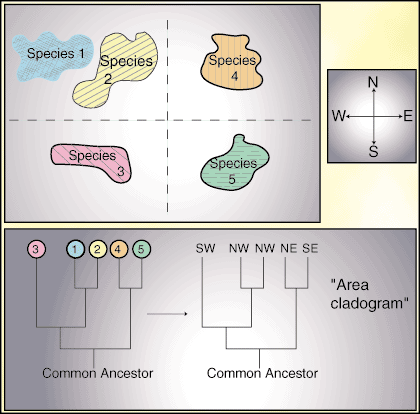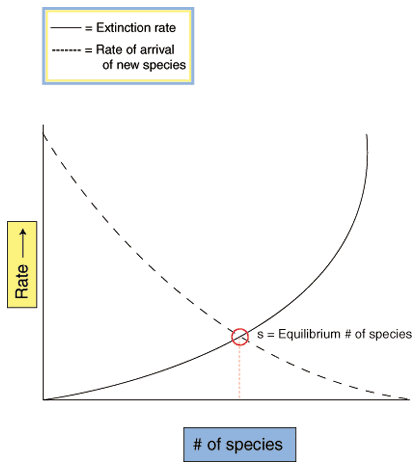Please wait while we process your payment
If you don't see it, please check your spam folder. Sometimes it can end up there.
If you don't see it, please check your spam folder. Sometimes it can end up there.
Please wait while we process your payment
Get instant, ad-free access to our grade-boosting study tools with a 7-day free trial!
Learn more



This site is protected by reCAPTCHA and the Google Privacy Policy and Terms of Service apply.
Create Account
Select Plan
Payment Info
Start 7-Day Free Trial!

Annual
2-49 accounts
$22.49/year + tax
50-99 accounts
$20.99/year + tax
Select Quantity
Price per seat
$29.99 $--.--
Subtotal
$-.--
Want 100 or more? Request a customized plan
You could save over 50%
by choosing an Annual Plan!

SAVE OVER 50%
compared to the monthly price!
| Focused-studying | ||
| PLUS Study Tools | ||
| AP® Test Prep PLUS | ||
| My PLUS Activity | ||
$22.49/month + tax
Save 25%
on 2-49 accounts
$20.99/month + tax
Save 30%
on 50-99 accounts
| Focused-studying | ||
| PLUS Study Tools | ||
| AP® Test Prep PLUS | ||
| My PLUS Activity | ||
No Fear provides access to Shakespeare for students who normally couldn’t (or wouldn’t) read his plays. It’s also a very useful tool when trying to explain Shakespeare’s wordplay!
Erika M.
I tutor high school students in a variety of subjects. Having access to the literature translations helps me to stay informed about the various assignments. Your summaries and translations are invaluable.
Kathy B.
Teaching Shakespeare to today's generation can be challenging. No Fear helps a ton with understanding the crux of the text.
Kay H.
No Fear provides access to Shakespeare for students who normally couldn’t (or wouldn’t) read his plays. It’s also a very useful tool when trying to explain Shakespeare’s wordplay!
Erika M.
I tutor high school students in a variety of subjects. Having access to the literature translations helps me to stay informed about the various assignments. Your summaries and translations are invaluable.
Kathy B.
Teaching Shakespeare to today's generation can be challenging. No Fear helps a ton with understanding the crux of the text.
Kay H.
Create Account
Select Plan
Payment Info
Start 7-Day Free Trial!
You will only be charged after the completion of the 7-day free trial.
If you cancel your account before the free trial is over, you will not be charged.
You will only be charged after the completion of the 7-day free trial. If you cancel your account before the free trial is over, you will not be charged.
Order Summary
Annual
7-day Free Trial
SparkNotes PLUS
$29.99 / year
Annual
Quantity
51
PLUS Group Discount
$29.99 $29.99 / seat
Tax
$0.00
SPARK25
-$1.25
25% Off
Total billed on Nov 7, 2024 after 7-day free trail
$29.99
Total billed
$0.00
Due Today
$0.00
Promo code
This is not a valid promo code
Card Details
By placing your order you agree to our terms of service and privacy policy.
By saving your payment information you allow SparkNotes to charge you for future payments in accordance with their terms.
Powered by stripe
Legal
Google pay.......



Please wait while we process your payment

Sorry, you must enter a valid email address
By entering an email, you agree to our privacy policy.
Please wait while we process your payment

Sorry, you must enter a valid email address
By entering an email, you agree to our privacy policy.
Please wait while we process your payment

Your PLUS subscription has expired
Please wait while we process your payment
Please wait while we process your payment

Biogeography
The field of biogeography is concerned with the distribution of species in relation both to geography and to other species. Biogeography comprises two disciplines: historical biogeography, which is concerned with the origins and evolutionary histories of species on a long time scale, and ecological biogeography, which deals with the current interactions of species with their environments and each other on a much shorter time scale.
Historical biogeographers depend heavily on evidence from other disciplines. Fossil records provide a large part of the information needed to determine distributions and past interactions. Molecular biology furnished historical biogeographers with molecular clocks, metabolic molecules whose change over time help track the relatedness of species.
Historical biogeographers also make use of a tool called an area cladogram. This diagram is made by taking a taxonomic tree, which shows various species and their relatedness, and replacing the species names with the geographic location in which those species are found. This new tree allows scientists to determine how the differences in environments have effected the evolutionary history of different species of common origin. A sample area cladogram is shown in .

Unlike historical biogeographers, ecological biogeographers make extensive use of current population information. They study the ways in which species develop and interact in the presence of other species and different environments. Many ecological biogeographers mimic Darwin: they study island communities as a type of experimental system to test hypotheses about species development.
Much of ecological biogeography is concerned with species richness, the number of different species an area supports. In specific, ecological biographers have developed the species richness equilibrium model. The model begins with an uninhabited "island" that can be either a literal island or an area of like habitats completely surrounded by unlike habitats. All species available to colonize the new area are called the "species pool." As more and more new species enter the new area, the species pool becomes smaller and smaller, and the immigration rate (the probability that any given species moving into the area will be a new species) decreases. At the same time, the island becomes more and more crowded and supplies become scarce, causing the extinction rate to increase. The point at which the extinction rate and the immigration rate balance is called the equilibrium point. The model predicts that changes in extinction and immigration rates will tend toward the equilibrium point, which is different for every island, depending on resources and degree of separation from other areas. This is shown graphically in the figure below.

Please wait while we process your payment





